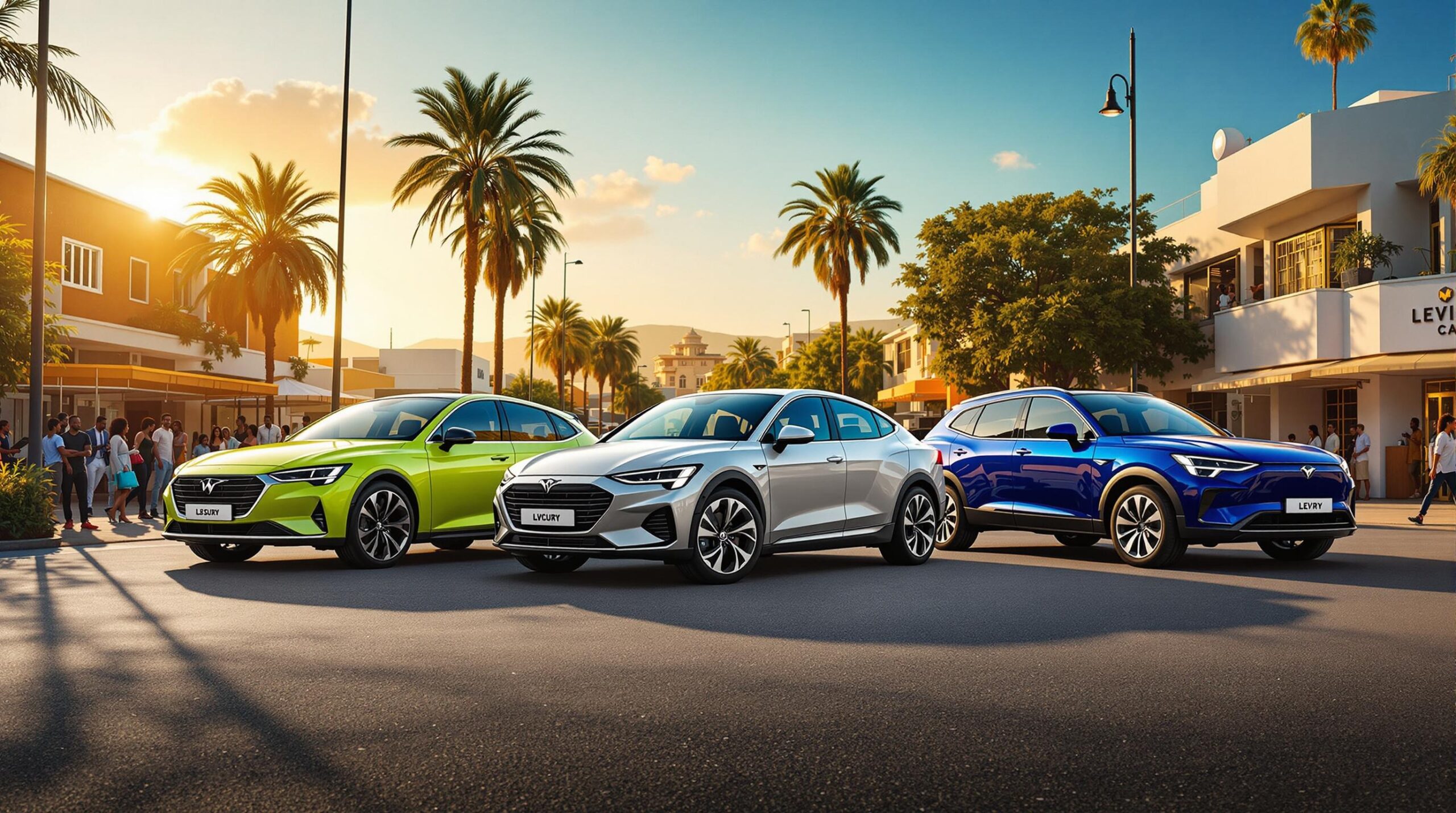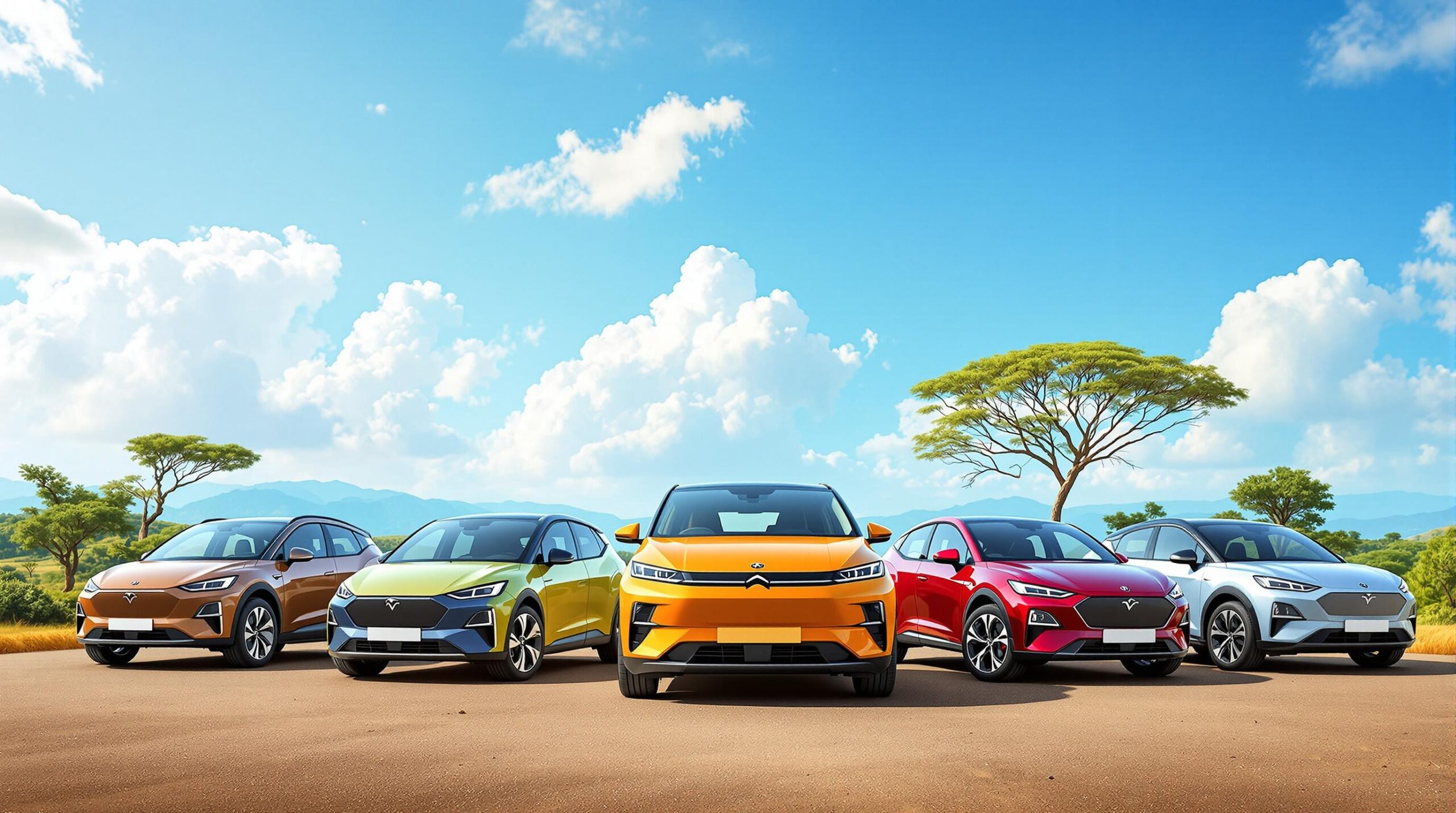
Electric vehicles (EVs) are becoming more accessible in Africa, but high upfront costs remain a challenge. Here are five practical ways to finance your EV purchase:
- Bank Loans: Many African banks now offer EV-specific loans with better terms, like lower interest rates and extended repayment periods. For example, KCB Bank in Kenya offers loans with rates starting at 13% per year.
- Government Incentives: Countries like South Africa, Kenya, and Morocco provide tax breaks, reduced import duties, and subsidies to lower EV costs.
- Manufacturer Payment Plans: EV makers like BasiGo and Roam offer flexible options like "Pay-As-You-Drive", spreading costs based on usage.
- Leasing with Battery Services: Lease an EV and pay separately for battery services, reducing upfront costs and ensuring access to battery-swapping networks.
- Group Funding and Green Investment: Platforms like Energise Africa and green bonds allow collective funding for EV ownership or projects.
These options address affordability, credit access, and infrastructure challenges, making EV ownership more achievable across the continent.
Quick Comparison Table:
| Financing Method | Key Benefits | Example Programs/Regions |
|---|---|---|
| Bank Loans | Lower interest rates, long terms | KCB Bank, Absa Bank |
| Government Support | Tax breaks, subsidies | South Africa, Kenya, Morocco |
| Manufacturer Plans | Usage-based payment models | BasiGo, Roam |
| Leasing | Lower upfront costs, battery swaps | Battery-service lease programs |
| Group Funding | Shared costs, green investment | Energise Africa, green bonds |
Start by exploring local banks, government incentives, and flexible payment plans to find the best option for your needs.
Burkina Faso Launches Sahel’s First EV Manufacturing Company
1. Bank Loans and Vehicle Financing
Bank financing has become a key way to make electric vehicles (EVs) more affordable in Africa. These loans often come with better terms than traditional vehicle financing, such as lower interest rates and longer repayment periods. This helps reduce the upfront cost, which is one of the biggest barriers to EV adoption in the region.
Several African banks now offer financing programs tailored specifically for EVs. For example, KCB Bank in Kenya provides EV loans with interest rates starting at 13% per year and repayment terms of up to five years.
Here’s a quick look at some EV loan options available from major banks in Africa:
| Bank | Maximum Term | Interest Rate | Financing Coverage |
|---|---|---|---|
| KCB Bank (Kenya) | 60 months | From 13% | Up to 80% |
| Absa Bank (Kenya) | 36 months | From 10% | Up to 80% |
| Standard Chartered | 84 months | Variable | Up to 100% |
| Nedbank (South Africa) | 72 months | Variable | Up to 100% |
Government initiatives are also playing a role here. Partnerships like the African Development Bank‘s credit lines to local lenders are helping to expand access to EV financing.
To get approved for these loans, banks usually ask for the following:
- Proof of stable income, such as six months of bank statements or pay slips
- A purchase agreement for the EV you plan to buy
- Identification documents, like a national ID and proof of address
- A strong credit history, along with a typical down payment of 10-20%
"The Green Asset Finance solution offers preferential rates and extended repayment periods specifically designed for electric vehicle purchases", according to Absa Bank’s official documentation on their EV financing program.
These bank programs, alongside government-backed efforts, are helping to make EV ownership more attainable across Africa.
2. Tax Breaks and Government Support
Governments across Africa are stepping in with fiscal policies aimed at making electric vehicles (EVs) more affordable. These measures, like reduced import duties and production incentives, directly lower the overall expense of owning an EV.
South Africa is leading the way with tax benefits such as excise tax exemptions on EVs, cutting purchase prices by up to 7% . Starting in 2026, manufacturers in South Africa can also deduct 150% of their EV production investments from taxable income .
Here’s a quick look at what other countries are offering:
| Country | Tax Incentive | Additional Support |
|---|---|---|
| Kenya | Import duty reduced from 20% to 10% | – |
| Morocco | Direct subsidy up to $8,000 | – |
| Egypt | 50,000 EGP ($3,200) switching incentive | – |
| Nigeria | 5-year tax holiday for manufacturers | – |
Most of these programs come with conditions like buying a new EV, proving residency, and keeping the vehicle for at least 1-3 years .
In Egypt, banks are required to allocate 25% of their lending portfolios to clean energy projects, including EV financing . Businesses operating EV fleets can also benefit from corporate tax deductions and accelerated depreciation .
These tax breaks and incentives, combined with the gradual expansion of charging infrastructure, aim to make EV ownership more accessible across the continent.
3. EV Maker Payment Plans
Electric vehicle (EV) manufacturers are stepping up to address Africa’s credit access challenges by offering financing solutions that go beyond traditional bank loans. These payment plans are designed to work around credit barriers, focusing on usage-based models rather than credit scores.
Kenyan electric bus manufacturer BasiGo has introduced a "Pay-As-You-Drive" model. This program allows operators to purchase e-buses at costs similar to diesel-powered buses by spreading battery expenses over time, based on how much the vehicle is used. This setup lowers the upfront cost, making it easier for businesses to switch to electric fleets.
For commercial operators, Roam (formerly Opibus) has tailored financing plans for specific sectors. Their electric motorcycle program lets drivers pay through their daily earnings, making it easier for boda boda operators to afford EVs and transition to cleaner transport options.
MojaEV, another Kenyan company, offers daily rates starting at $30 for some models. This payment structure provides a flexible alternative to the traditional vehicle ownership model, helping more people access EVs.
To tackle issues like currency fluctuations, some manufacturers are introducing pricing models that protect against exchange rate changes. These plans are designed to align with drivers’ income patterns, ensuring affordability.
Key features of these programs include:
- Battery options, including battery-as-a-service solutions
- Payments linked to actual usage and income levels
- Collaborations to expand charging infrastructure
These initiatives are reshaping how EV ownership works by offering flexible and accessible payment options.
sbb-itb-99e19e3
4. EV Lease Options with Battery Services
Leasing programs that include battery services are becoming a practical way to finance electric vehicles (EVs) in Africa. These programs separate the cost of the vehicle from the battery, which helps reduce monthly payments and ensures access to batteries. By removing battery costs from vehicle ownership, this model tackles two major hurdles in Africa: high upfront costs and limited charging infrastructure. It builds on existing manufacturer-led financing but shifts the ownership dynamics entirely.
Here’s what a typical EV lease in Africa might include:
- Monthly vehicle payments: $150–$300
- Battery service fees: $30–$80
- Additional perks: Maintenance and insurance
- Lease terms: 2–5 years
The battery swapping system is another key feature, allowing users to quickly exchange batteries at designated stations. This is particularly useful for commercial operators who need minimal downtime.
If you’re considering one of these leases, here are some factors to think about:
- The cost of the battery service subscription
- Any mileage limits
- Availability of charging or swapping stations
- Whether you can purchase the vehicle at the end of the lease
This leasing model is helping to make EVs more accessible in Africa by addressing both affordability and infrastructure issues that have slowed adoption.
5. Group Funding and Green Investment
Collective financing models are offering new ways to make EV ownership more accessible in Africa. These approaches, which differ from battery-as-a-service leases, allow individuals and groups to invest in electric vehicles through shared funding systems.
Crowdfunding Platforms Platforms like Energise Africa connect investors with transportation projects focused on sustainability. Using mobile micropayment systems, they enable small-scale investments in EV initiatives across the continent.
Green Bonds and Investment Options The African Development Bank has raised over $2 billion through its green bond program since 2013. These bonds are a key source of funding for eco-friendly transportation projects and also provide regular returns for investors.
Here’s a quick comparison of group funding options:
| Funding Method | Target Users | Key Benefits |
|---|---|---|
| Crowdfunding Platforms | Individual investors | Flexible payments, easier entry point |
| Green Bonds | Institutional investors | Supports eco-friendly transport projects |
| Community Ownership | Local cooperatives | Shared costs through collective efforts |
These funding models directly address the challenge of high upfront costs, offering practical alternatives through shared investment.
Things to Keep in Mind When considering group funding:
- Ensure the platform is credible and registered.
- Review payment structures and timelines for returns.
- Evaluate potential risks in local markets.
For those looking to explore green investment opportunities, platforms like EV24.africa showcase a variety of electric vehicle projects seeking funding across Africa. These collaborative approaches work alongside traditional financing, helping to tackle credit access issues unique to the region.
Payment Options at a Glance
Here’s a quick comparison of the main financing methods and how they differ in terms of speed and infrastructure benefits:
| Method | Approval Speed | Infrastructure Access |
|---|---|---|
| Bank Loans | 3-7 days | Partnerships with charging stations |
| Government Support | 2-4 weeks | Priority access to charging facilities |
| EV Maker Plans | 1-3 days | Maintenance included |
| Lease Options | 1-2 days | Access to battery swap networks |
| Group Funding | 1-4 weeks | Community charging hubs |
These options tackle various challenges like credit accessibility and infrastructure gaps, making it easier to find a solution that fits different needs.
Next Steps
Start by checking your credit score and gathering the following documents:
- Proof of income
- Bank statements (usually covering the past six months)
- Utility bills for address verification
Look Into Local Incentives
Visit government websites or EV associations to find programs available in your area. These can help lower your overall ownership costs.
Calculate Total Ownership Costs
Factor in monthly payments, energy expenses, insurance, and charging availability to get a clear picture of your total cost of ownership (TCO).
Compare Different Options
Use platforms like EV24.africa to evaluate various options. Focus on flexible plans such as usage-based models. For instance, BasiGo offers a Pay-As-You-Drive setup , or you could explore battery-service lease agreements.
Seek Advice From:
- Banks offering EV-specific loans
- EV dealerships
- Leasing companies
- Green investment advisors
These steps align with the financing choices mentioned earlier and address common concerns highlighted in our FAQs.
FAQs
Can electric cars be used in Africa?
Yes, electric vehicles (EVs) are becoming more practical in Africa thanks to infrastructure advancements and financing options. For instance, Kenya has set a goal for 5% of all newly registered vehicles to be electric by 2025.
Here’s how infrastructure is supporting EV adoption:
- Solar-powered charging stations: These use renewable energy to address grid reliability challenges.
- Smart charging networks: Designed to accommodate different vehicle types and payment systems.
EVs also come with lower operating costs compared to traditional combustion vehicles, making them more affordable, especially when paired with financing options like battery-service leases (see Section 4) and manufacturer payment plans (see Section 3).




